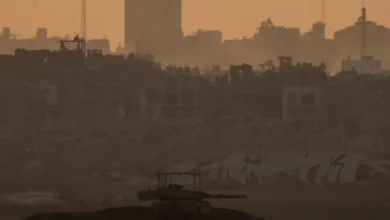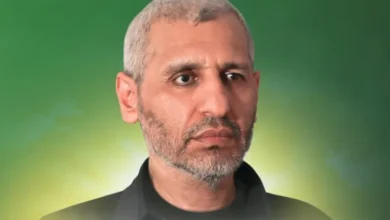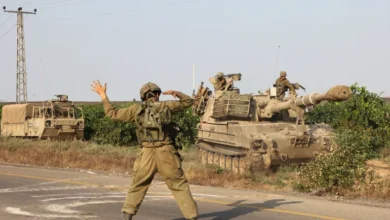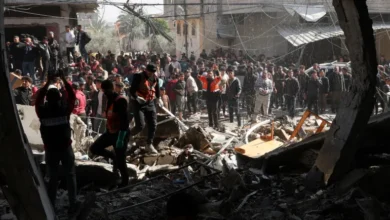‘Anger, sorrow, anxiety’: Healing scars of Turkey’s quake victims
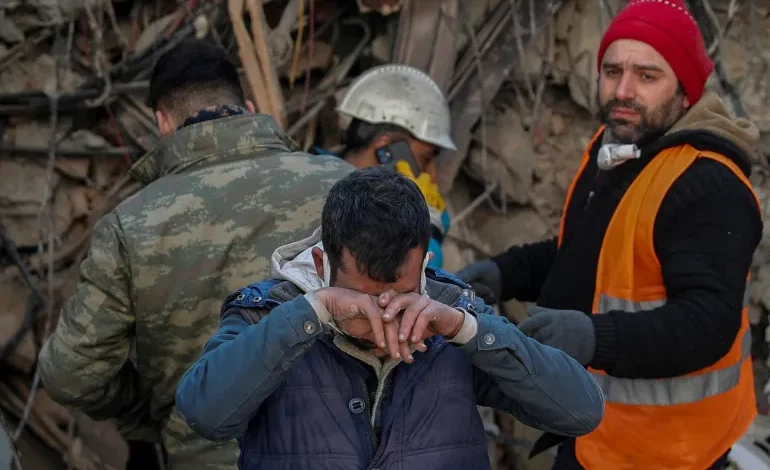
The massive earthquakes that struck southeastern Turkey and northwestern Syria on February 6 have not only caused death and destruction – but also deep trauma to the survivors.
In Turkey, where the death toll as of Monday has topped 41,000, government agencies and NGOs have been working hard to deliver much-needed humanitarian aid, including shelter, food and clothing.
At the same time, expert psychologists have headed to the quake-hit areas to help residents cope with the devastating impact of the magnitude 7.8 and 7.6 temblors.
Gokhan Malkoc is one of them. A professor of psychology at Istanbul Medipol University, Malkoc has been in seven of Turkey’s 10 affected provinces alongside colleagues as part of government efforts to set up psychosocial centres.
“Natural disasters create circumstances of uncertainties, which lead to certain feelings such as anger, sorrow and anxiety in people who experienced them,” he told Al Jazeera.
Malkoc said most disaster survivors stay in shock for several days after such an incident. This intense psychological state makes it hard for them to regulate their emotions, with their bodies adapting by creating certain physiological, behavioural and emotional reactions.
“Earthquake survivors might give abnormal reactions for a period of time and these abnormal reactions should be evaluated as normal after the shock since they cannot express their feelings in a healthy manner,” said Malkoc.
“An adult who wets their pants for no reason, cannot sleep or cannot enter closed spaces are some of such reactions on the extreme side we observed in the past among survivors.”
PTSD cases
According to data shared by Turkey’s Ministry of Environment, Urbanisation and Climate Change, the disaster affected some 13.5 million people in the country.
The ministry said that 84,726 buildings with 332,947 individual units either collapsed or were heavily damaged, leaving hundreds of thousands of people across the region homeless.



